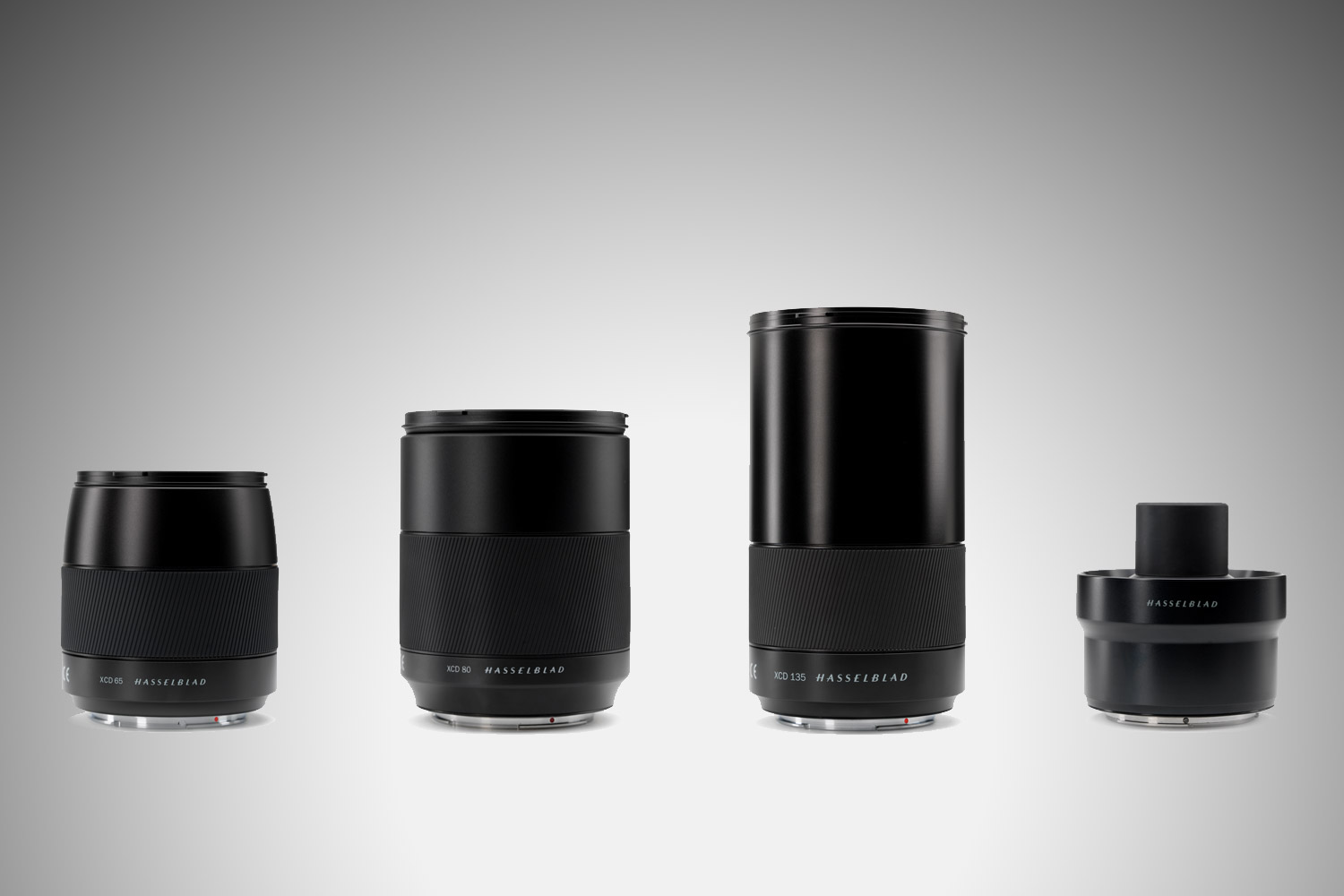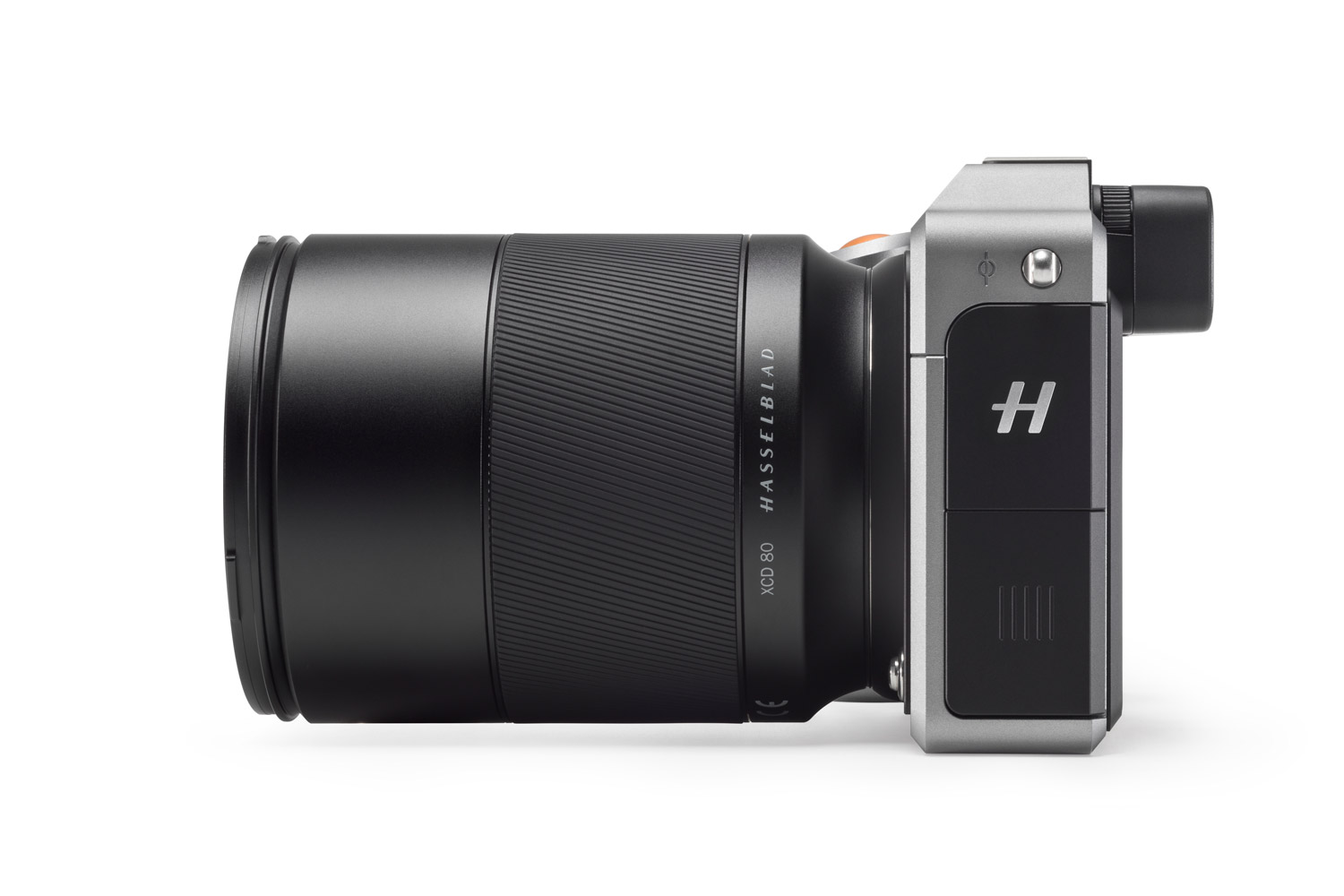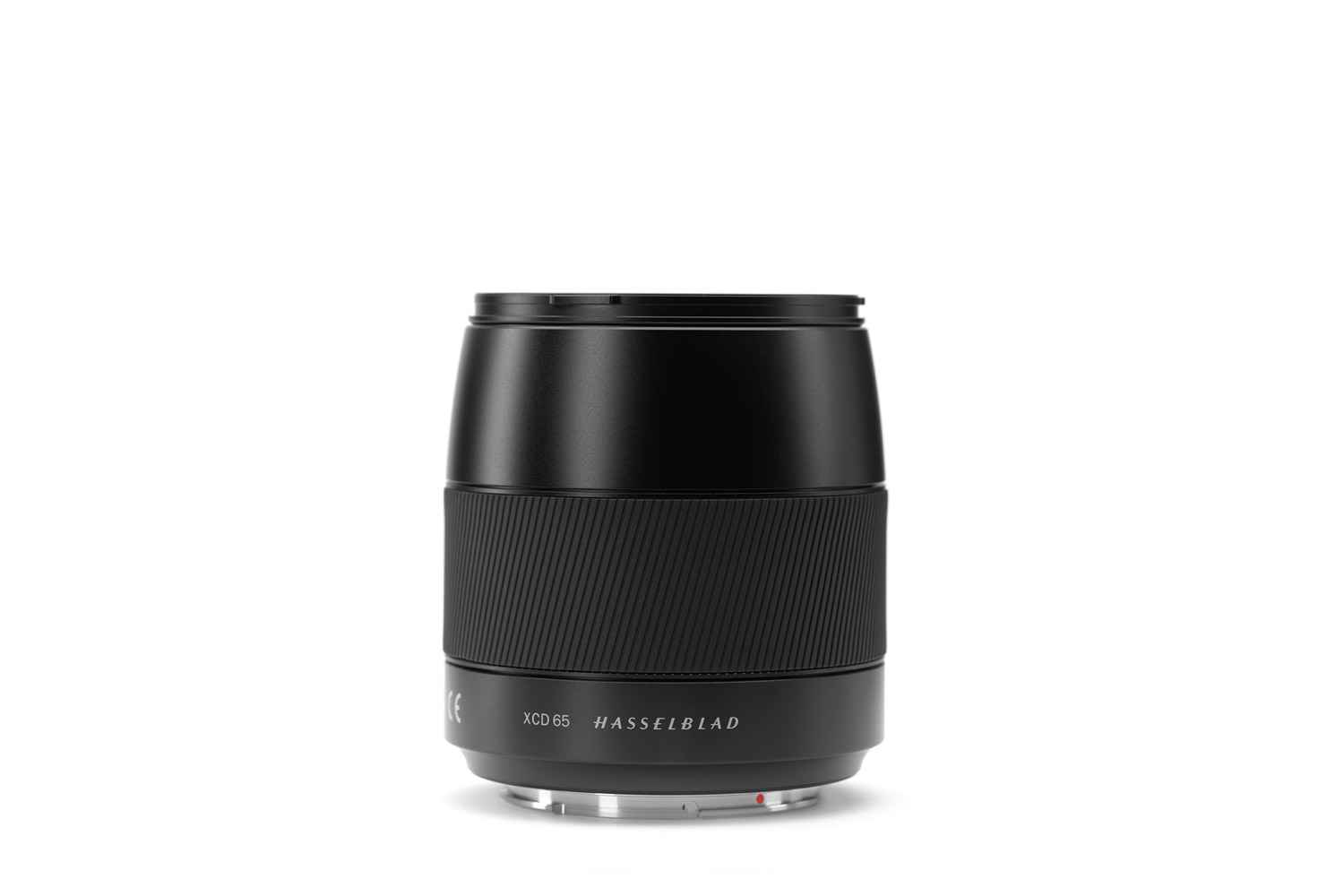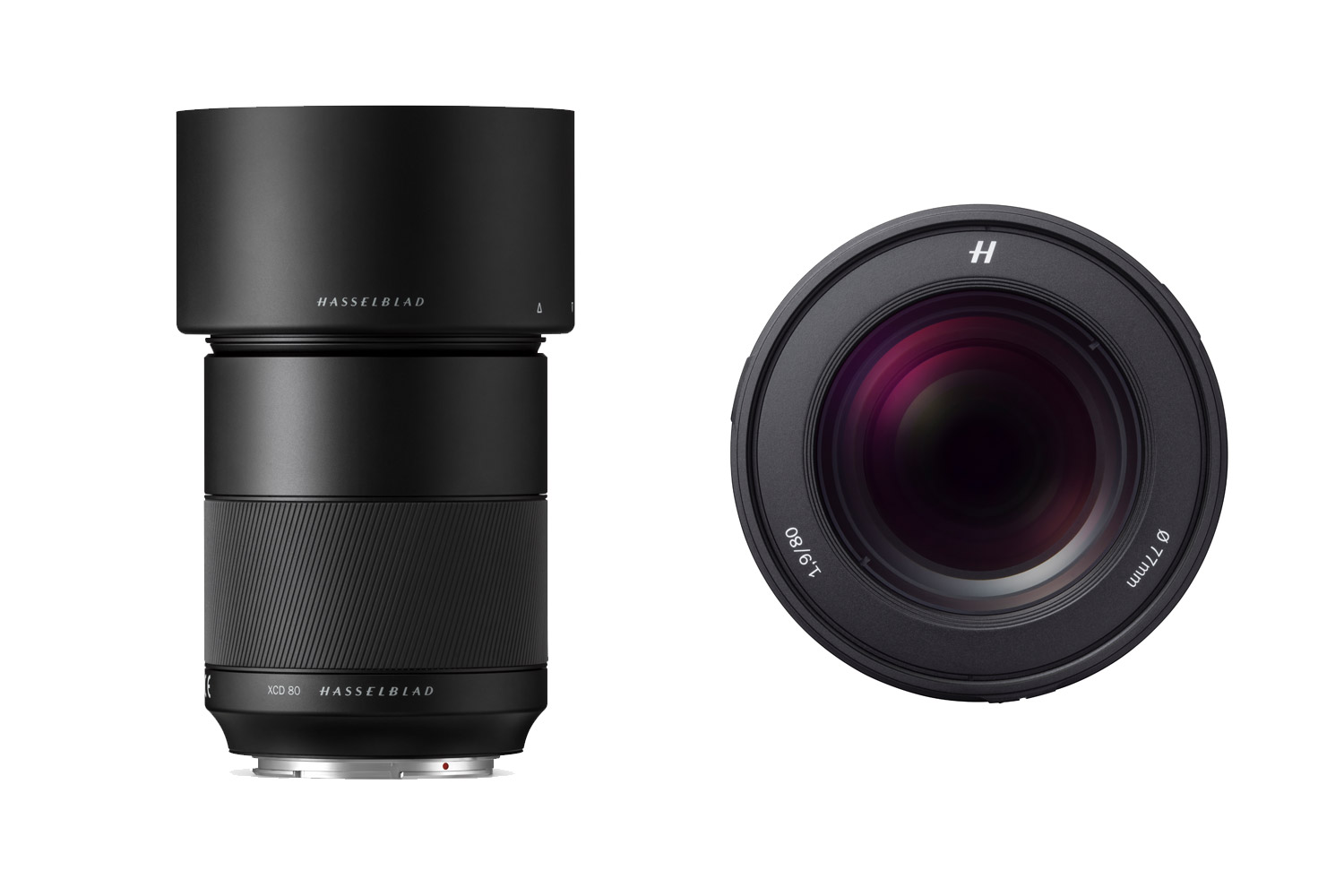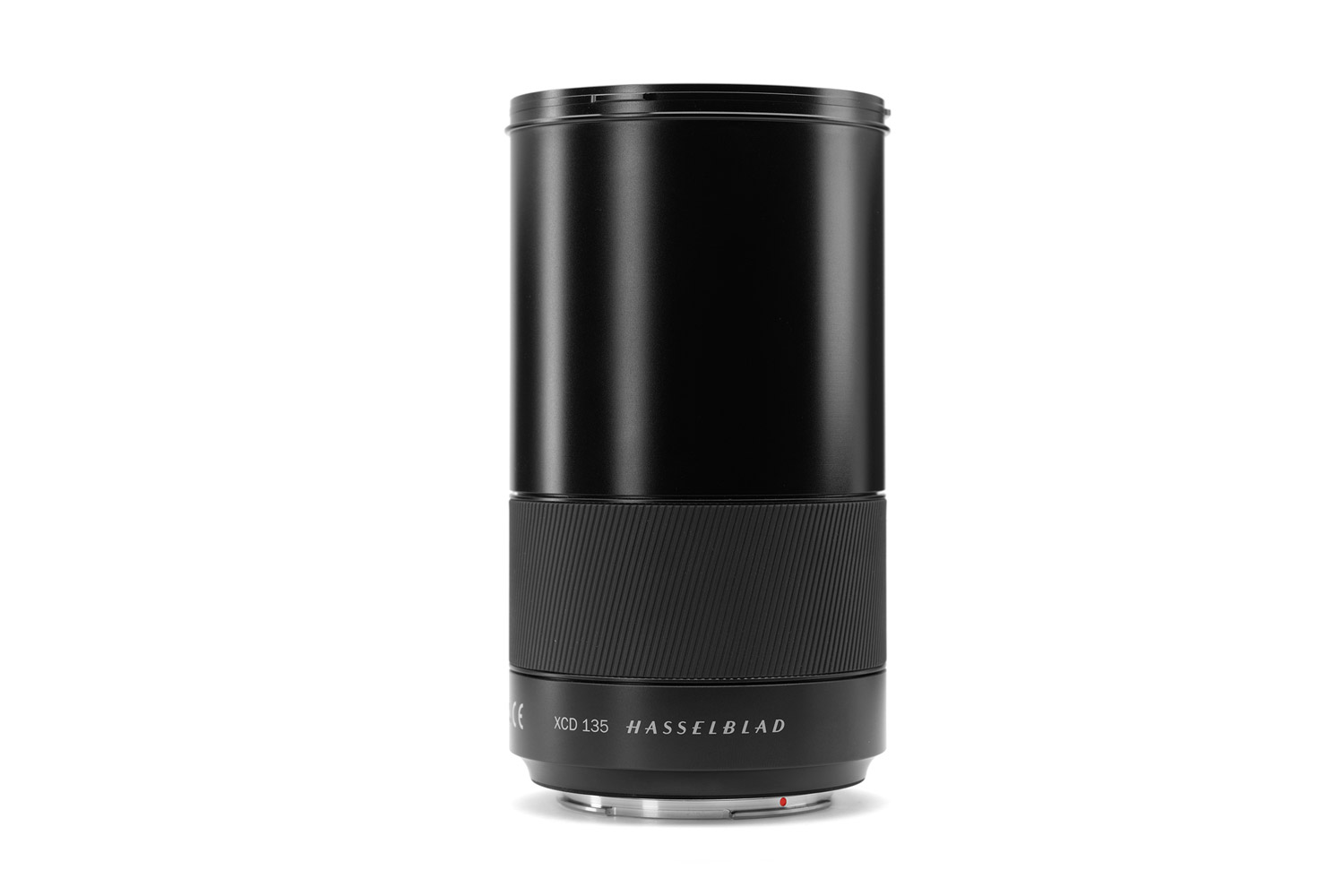Starting off Photokina with a bang, Hasselblad officially announced three lenses for the X1D-50c medium-format mirrorless camera. The shortest is the 65mm f/2.8, which gives a 50mm full-frame equivalent field of view, followed by the long-awaited 80mm f/1.9, delivering on the promise to be Hasselblad’s fastest lens yet. Finally, the new 135mm f/2.8 is the longest focal length XCD lens on the market — and it’s made even longer with a bespoke teleconverter.
The XCD 80mm f/1.9 is likely the most exciting of the three lenses for many photographers. We had a short opportunity to shoot with it and you can find our impressions and sample photos in our separate hands-on article. It provides a 63mm full-frame equivalent field of view (and equivalent aperture of about f/1.5), making it suitable for a variety of subjects from portraits to product photography. Built with 14 elements in nine groups, it somehow manages to hold itself to just 2.2 pounds and a length of 4.4 inches, keeping to the (relatively) compact standards of the X system.
The 65mm f/2.8 may not be as fast, but it fills a void in the X system for a normal focal length prime. Equivalent to a full-frame 50mm f/2.2, it’s a compact lens that will give X1D users a lighter weight option great for handheld photography. It is composed of 10 elements in six groups with a length of 3.7 inches and a weight of 1.6 pounds.
Perhaps the most unique of the three is the 135mm f/2.8. By itself, it already offers the longest focal length of any XCD lens (105mm full-frame equivalent), but with the new X Converter 1.7, it extends that to 230mm (178mm equivalent). Hasselblad says the converter has been designed in concert with the lens so as to not decrease image quality, although this also means you won’t be able to pair it with other lenses.
All three lenses are available for preorder now and are expected to ship in December. The XCD 65mm f/2.8 is a relatively affordable $2,750, while the 80mm f/1.9 costs $4,845. The 135mm f/2.8 is available either by itself for $4,050 or kitted with the X Converter 1.7 for $4,845. The converter is not sold separately, at least not yet, so if you think you may want one in the future, you’ll need to buy the kit.
With today’s announcements, Hasselblad has brought the total number of X system lenses up to eight — not too shabby for a niche medium format system that’s only two years old. The lenses now span 21mm (17mm equivalent) to 230mm (178mm equivalent), making the system quite a bit more versatile than when we reviewed the X1D-50c a year ago.
